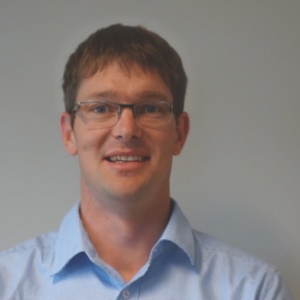“We have a goal of increasing our market share to 20% of the market for all rural based customers, with our recent innovations we are well on the way to achieving the target,” says Hurley.
At the start of a recent drive ASB already had 15% of the market and they aimed to gain the new customers without losing any of their present satisfied clients.
The banks year runs from July 1 to June 30 of the following year and in the 2012-2013 year the bank set itself the target of gaining one new rural client for each day of the year.
“The challenge was set and led by the general manager of our rural division, Mark Heer, and in our first year we had 373 new rural customers – slightly more than one per day.”
This challenge has been ongoing into the next year, and figures to December 6, 2013 showed they had secured another 172 new customers in 153 days.
One of the key reasons for the one new client per day joining ASB rural was in February 2013 ASB launched it’s rural environmental compliance loans available to all farmers, not only present ASB customers. The loans at 3.8% (subject to change) are to help farmers to improve their effluent management including stream planting or underpasses, fencing and doing all they can to protect and enhance waterways.
“Regulations are tightening and by investing now farmers can in many ways future proof their farms instead of having changes forced upon them.”
The field day recently held at the Cawte farm highlighted both alternatives. Cawtes are already ASB customers and had taken advantage of the new loan to help them future proof their effluent handling system.
“I again stress that these loans are available to all farmers, not just customers of ASB bank,” says Heer.
The most recent rural environment compliance innovation is ‘Agri One’ where the bank is offering sponsorship to a new series of courses being run by Massey and Lincoln universities.
“The bank was involved in
drawing up the aims and objectives of the course and will provide on-going support.”
“We already have sponsored 21 people to a program on environmental sustainability and are looking to support more farmers on this program.”
Hurley believes that while initiatives like these do not always make the headlines, and initially will be a “work in progress” as the bank and the universities work together to further educate and develop awareness within the dairy industry.
















